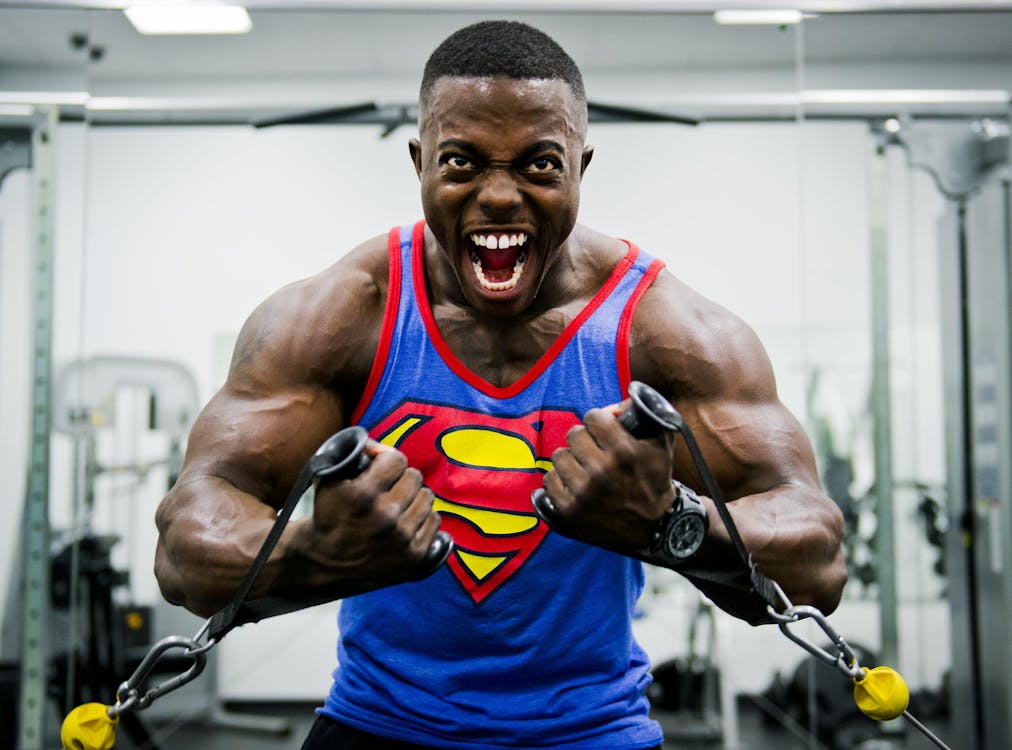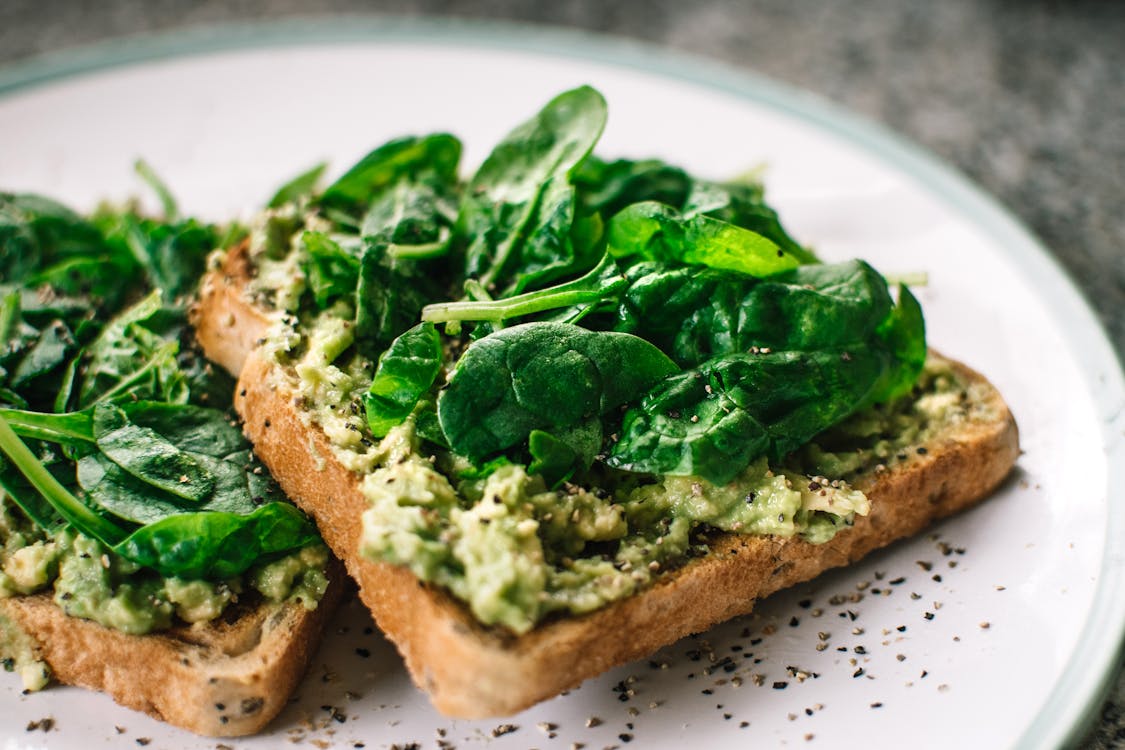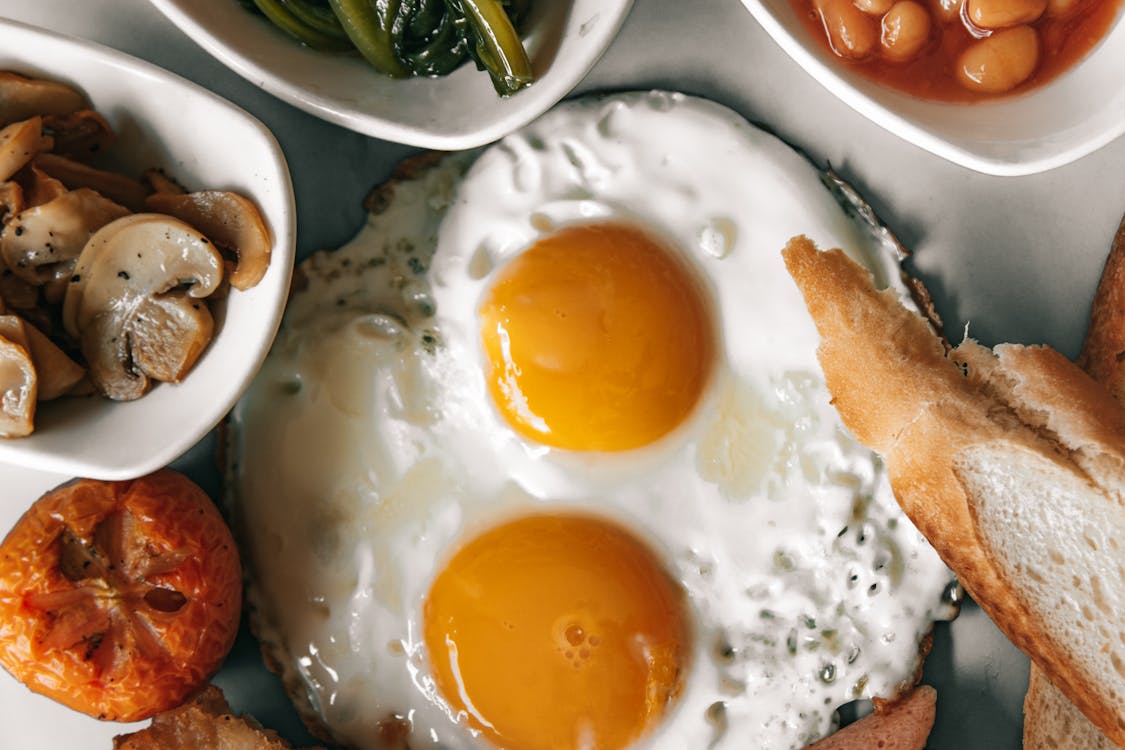Building an Aesthetic Body is a big goal for a lot of people. Many of us want to look ripped and toned up but knowing how is certainly something that isn’t so clear to everyone that is considering hitting the gym.
In this post today we will take a look at the pros and cons of Bulk vs. Cut. Basically the process of putting on extra weight with the intent of building muscle and actually toning our muscles up.
Lots of people spend years cutting, which is great! Although many young men and women (especially those who are a bit on the chubby side) are put off the idea of bulking up.
Mostly this happens because they are fearful of putting the fat back on that they tried so hard to burn in the past but also because they do not understand how bulking works.
Well, I am going to tell you in this post, that with a clean bulk, you will not be going back to your old binge-eating ways. As long as you are eating the right kinds of things and getting the nutrition your body needs then you may be quite surprised.
In fact, this is just one thing we will be looking at in today’s post.
For anyone interested in building towards the perfect aesthetic body then please keep reading.
Bulk vs Cut: Building an Aesthetic Body
Bulk vs Cut: What is the Difference?
Bulk vs Cut is very misunderstood by a lot of people that start training. Each one I will do my best to try to explain. Both of these do different things to your body and specific muscle groups. What must be understood is whichever you choose to do first will mean you need a certain amount of calories for your body to grow and function.
When trying to build an aesthetic body, it is important to maintain a sufficient calorie intake. Stored fat no matter what your size does not mean that you can skip this part. I will cover this below but in any case, whether you are bulking or cutting it is important to determine the correct ratio of protein, fats, and carbs to consume each day.
I have covered this before in this post here but I will explain more below…
What Is Cutting
Cutting muscle is very important for building an aesthetic body. Here is how it works. Your body has what is called maintenance calories, this is the point where your body does not gain fat from these calories. Anything above your maintenance calories that are not burned off will be stored as fat.
So how does cutting work? The idea of cutting is to stay under your maintenance calories, allowing your body to quickly lose fat without too much physical exercise.
Cardio will help a lot here but Weight Training can also be quite beneficial for cutting. For best results you should focus on the following muscle groups with your exercises:
- Your arms,
- Your calves,
- Your glutes,
- Your abs,
- Your neck and your shoulders.
Other muscles you should not neglect either but these should be your main focus.
You can take supplements too to make things easier. One I suggest is MassZymes by Bioptimizers. This is recommended to be taken alongside their probiotic formula P3-OM. For cutting this combination is a good mix as it helps to break down more protein and release more amino acids for building muscle. The claim is that MassZymes can help you digest 2/3 more protein than usual.
Although, cutting as much as it is an amazing choice those who want to get hench long-term may want to reconsider. Cutting is great for those who want to get slim very quickly, but before one considers cutting muscle they should first consider bulking up.
Why Bulking Is Important For an Aesthetic Body
So when it comes to Bulk vs Cut I often tell people that, it all depends on your goals. Ask yourself the following: How seriously are you going to take it? What sort of body do you want? Why are you doing it? All of these things come into account and it is up to preference.
If Bulking up first is your choice then keep in mind that it is a long-term method intended to build muscle and not slim down!
I get email after email from young lads messaging me saying things like, “Oh I don’t want to get fat again!” and “I am worried about what will happen if I start trying to bulk up” etc.
And all I can say to that is – If you have managed to lose a lot of weight already, you obviously have the ability and motivation to continue. Being on a small calorie surplus will definitely make you gain a bit of weight, but if you are going for a clean bulk, eating high protein foods, unprocessed and low in sugar, I am certain you will be fine.
So if you are exercising and would like to get as big as possible I’d say go for the bulking option.
But what should you do?
Clean Bulk or Dirty Bulk?
A clean bulk is where you eat a controlled amount of additional calories in your diet. This is intended to promote weight gain, whilst limiting the amount of fat. This is the best option when trying to build an aesthetic body. Whilst a dirty bulk is eating less quality junk food in order to gain weight and is likely not as good an option as a clean bulk due to the effects it will have on your health.
Choosing The Right Bulk Vs. Cut Supplements
Choosing between cut vs bulk can be a hard decision. But no matter what choice you make I have something that can make things that bit easier…
There are many dodgy supplements out there, but choosing the right products can make all the difference. Lean-Optimizer is a supplementary product intended to limit fat growth in your stomach area through the use of its ingredients to help maintain a healthy hormonal balance.
Lean-Optimizer is a doctor-formulated product backed with real-world results. The product in short promotes fat loss in the stomach area, making bulk vs cut that much easier for you in the long run. Although it should be noted that this is not a necessity. This is just one idea you might find helps.
Please send me any questions if you have them and I’ll try my best to answer.
Now then…
How Do You Cut?
On a cut, you should be staying below your maintenance calories. To find this out check out this BMR calculator. From your height, weight, and how much physical exercise you do you will be advised on what you should be eating.
When it comes to bulk vs cut you should be eating similar foods every day.
Although on a cut you should be eating less of it. These foods should be low in sugar, low in fatty oils, and instead high in nutrients and protein.
Fresh produce is always the best but some ideas to consider are;
- Quality meats and fish,
- Leafy Greens (Spinach, Kale, and Spring Greens),
- Oats and Bran Flakes,
- Roasted vegetables.
These are just a few things I eat on a daily basis. As a treat, I have one square of mint chocolate every day to satisfy my body. But on a cut, you should be doing at least 30 minutes of exercise every day – Including Weight Training and Cardio Activities.
One day per week should be used as a rest day in order for your muscles to recover so that you can take a break. Cuts can be frustrating in this respect but I promise, if you stick to good quality foods (which are generally lower in calories), you will find it easier.
How Do You Bulk?
Bulking works a bit differently. When you are trying to get big gains you are going to want to be above your maintenance calories by at least 200 calories.
>>You can check your calories using this BMR calculator<<
But basically, just like being on a cut, you are going to want to eat high-protein foods which are not processed and are low in added sugar.
In my opinion, bulking is harder because you can struggle to get the right amount of calories in compared to being on a cut. For this reason during a bulk (I would say) you need to set time aside for at least 1 hour of training per day. This should include a short cardio session and Weight training can also be very good.
And this is really where the magic happens. Where you will get massive gains over time, but just another small piece of advice is to get a good night of sleep each night. Deep sleep is important here as it is when the body produces GH (Growth Hormone) which is essential for recovery, repair, and creating new cells.
All very important things for building muscles and this is where you will make your gains.
Check out our page on Sleep Support here if you have any trouble sleeping at night.
Now just to conclude…
Bulk vs Cut – What Should You Go for?
So whether you are trying to build muscle or become Arnold Schwarzenegger, you can try either bulk or cut, to begin with. But I would suggest that young people especially go for the bulk. This is the best time as you will build muscle faster and once you are happy with your gains go for a cut.
If you are looking to build an aesthetic body this should definitely help. Get used to counting your calories, planning your diet, and finding the right balance between bulk vs. cut.
Any questions you have please leave us a comment down below and we will look to respond ASAP.
We hope this content has been helpful for you today and thank you for reading.
FAQ / Related Questions
Should You Bulk or Cut First?
The decision to bulk or cut first depends on your individual goals and current body composition. If you have a relatively low body fat percentage and want to build muscle, bulking first can help you increase your muscle mass.
On the other hand, if you have a higher body fat percentage and want to achieve a leaner physique, cutting first may be more appropriate.
Ultimately, the choice depends on your personal preferences and desired outcomes.
Is It Harder to Cut or Bulk?
Both cutting and bulking come with their own challenges. Cutting involves reducing your calorie intake to shed body fat, which can be challenging due to hunger and cravings.
Cutting requires discipline and maintaining a caloric deficit. Whilst bulking on the other hand involves consuming a surplus of calories to support muscle growth, which can be difficult for individuals who struggle with eating larger quantities or have concerns about gaining excess body fat.
How Long Should You Spend Bulking Up?
The duration of a bulking phase can vary depending on your goals, metabolism, and how your body responds to the process. Typically, a bulking phase lasts anywhere from 8 to 16 weeks.
However, some individuals may choose to extend their bulking phase for longer periods if they have specific goals, such as maximizing muscle growth. Although if this is the case It’s important to monitor your progress and adjust accordingly to avoid excessive fat gain.
How Can You Bulk Without Gaining Belly Fat?
To bulk without gaining excessive belly fat, it’s important to strike a balance between consuming enough calories to support muscle growth and maintaining a relatively clean diet.
Focus on consuming nutrient-dense foods, including lean proteins, complex carbohydrates, and healthy fats. Monitor your caloric intake and aim for a slight surplus of calories rather than excessive overeating.
Also, incorporating regular cardiovascular exercise can help minimize fat gain and maintain overall health.
When Should You Stop Cutting?
The duration of a cutting phase depends on your individual goals and body composition. Generally, it’s recommended to cut until you reach your desired level of leanness or until you notice diminishing returns in fat loss progress.
It’s important to listen to your body and avoid prolonged extreme calorie deficits, as it can negatively impact your metabolism and overall well-being. Once you’ve achieved your goals, transitioning to a maintenance phase or a gradual reverse dieting approach can help you maintain your progress.
Do You Need To Lift Heavy Weight When Cutting?
While lifting heavy weights can be beneficial during a cutting phase, it’s not the only approach. The primary goal during cutting is to preserve muscle mass while losing body fat. Incorporating resistance training, whether it involves heavy weights or higher repetitions with lighter weights, is important for maintaining muscle mass.
Focus on maintaining intensity in your workouts and include compound exercises that target multiple muscle groups. This, combined with proper nutrition, can help minimize muscle loss during a cutting phase.
Are There Any Health Risks Associated with Bulking and Cutting?
When done responsibly, bulking and cutting phases can be safe and effective for many individuals. However, it’s important to note that extreme and prolonged cycles of bulking and cutting can have potential health risks.
Rapid weight gain during bulking, especially if accompanied by excessive fat gain, can lead to health issues like insulin resistance, high blood pressure, and an increased risk of cardiovascular disease.
Likewise, prolonged calorie restriction during cutting phases can negatively impact metabolism, hormone levels, and overall well-being.
So It’s important to approach bulking and cutting with moderation, prioritize whole-food nutrition, and consult with a healthcare professional or registered dietitian for personalized guidance.
References
Here are some references related to the above content…
- Helms, E. R., Aragon, A. A., & Fitschen, P. J. (2014). Evidence-based recommendations for natural bodybuilding contest preparation: nutrition and supplementation. Journal of the International Society of Sports Nutrition, 11(1), 1-20.
- Schoenfeld, B. J., Aragon, A. A., Wilborn, C. D., Krieger, J. W., & Sonmez, G. T. (2017). Body composition changes associated with fasting, bulking, and cutting phases in resistance-trained males. Journal of the International Society of Sports Nutrition, 14(1), 1-12.
- Garthe, I., Raastad, T., Refsnes, P. E., & Sundgot-Borgen, J. (2013). Effect of two different weight-loss rates on body composition and strength and power-related performance in elite athletes. International Journal of Sport Nutrition and Exercise Metabolism, 23(6), 561-570.
- Morton, R. W., Murphy, K. T., McKellar, S. R., Schoenfeld, B. J., Henselmans, M., Helms, E., … & Phillips, S. M. (2018). A systematic review, meta-analysis and meta-regression of the effect of protein supplementation on resistance training-induced gains in muscle mass and strength in healthy adults. British Journal of Sports Medicine, 52(6), 376-384.
- Phillips, S. M., & Van Loon, L. J. (2011). Dietary protein for athletes: from requirements to optimum adaptation. Journal of Sports Sciences, 29(sup1), S29-S38.
- Trexler, E. T., Smith-Ryan, A. E., & Norton, L. E. (2014). Metabolic adaptation to weight loss: implications for the athlete. Journal of the International Society of Sports Nutrition, 11(1), 1-7.











